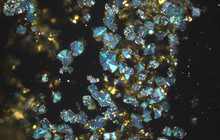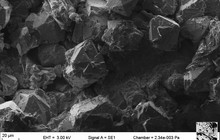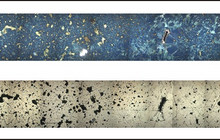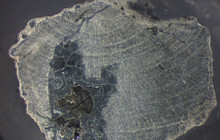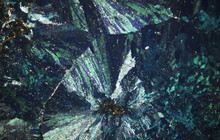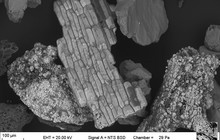FeS2: A try to describe a species in the Lusatian Tertiary
The compound of sulfur and iron has always captured people's attention. Known as Fool’s Gold, it has deceived inexperienced treasure hunters since ancient times.
In the early 20th century, FeS2 minerals became a key raw material for sulfuric acid production, fueling the growth of the chemical industry. Today, beyond its economic significance, FeS2 is increasingly viewed through an environmental lens.
In the Lusatian lignite district, cubic pyrite, orthorhombic marcasite, and cryptocrystalline FeS2, known as Melnikovite, are found within tertiary formations. Marcasite is distinguished from its isotropic sibling by marked anisotropy effects under crossed polarized light, which are indicative of its formation at higher temperatures in geological contexts.
The orthorhombic bipyramidal crystal class can be identified in some larger crystals, such as those on joint surfaces of the 2nd Lusatian seam (see picture). Additionally, some remarkable twin formations can also be observed.
A notable variety is framboidal FeS2, which forms spherical aggregates up to 50 µm in diameter, composed of numerous bipyramidal pyrite microcrystallites in the nanometer range. This structure is often attributed to microbial activity in the literature and is found at many sites throughout the stratigraphic sequence of the Lusatian Tertiary.
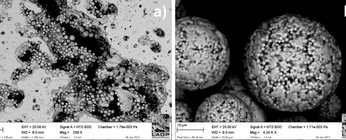
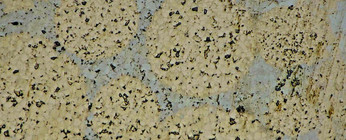
In reflected light, the two phases are easily distinguishable. Pyrite exhibits a golden yellow hue, while marcasite appears more white-bluish. Many concretions display a pyritic framboid structure with marcasitic interstices. This formation sequence initially indicates relatively stable crystallization conditions, efficient diffusion, and low sulfur levels during the framboid formation. As the process progresses, sulfur content rises, leading to more unstable conditions and rapid crystallization in the framboid interstices.
During diagenesis, the presence of voids, such as lignite wood cells or open joint areas, along with diffusion processes within these spaces, plays a crucial role in FeS2 crystallization.
An interesting aspect, aside from the scientific perspective, is that the framboidal phases possess a significantly larger reactive surface compared to the marcasitic phases. This makes them more susceptible to oxidation under atmospheric oxygen, leading to faster and more efficient oxidation, and thus a more intense acidification reaction in the affected sediments compared to coarse FeS2 concretions.
The processes involved in the formation of FeS2 remain an active area of research at LAOP, with ongoing advancements in understanding.
